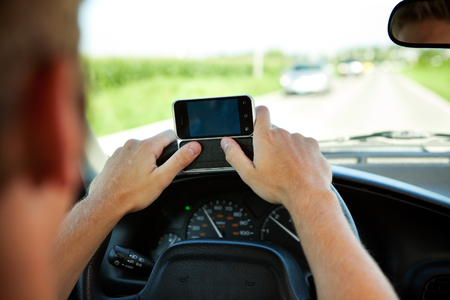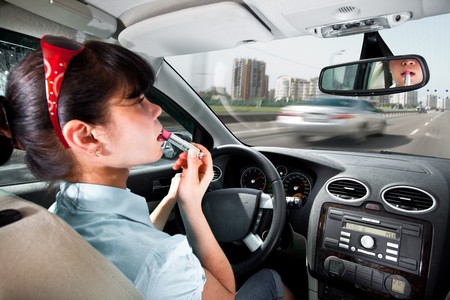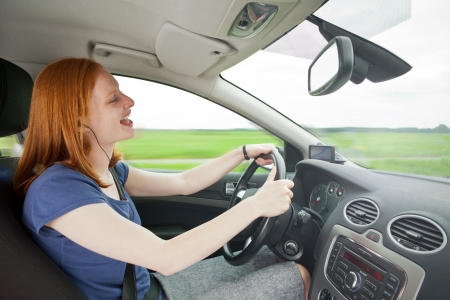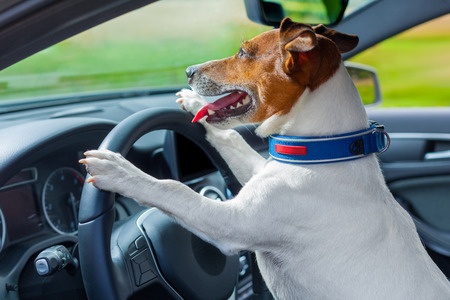(Series: 10 Dangerous Practices to Avoid While Driving)
There are two ways that we perceive what is happening around us when we drive: sight and sound. If you are using headphones when you drive, you eliminate half of your perception!
You might wonder how deaf people drive. Because they are used to being deaf, they are more alert. On the other hand, a person wanting to listen to “I Can’t Drive 55” by Sammy Hagar isn’t used to not hearing what is happening in her driving environment. Consequently, he or she will not be as focused.
There are important sounds that you need to hear when you drive. Roadway sounds let you hear the environment around you. For example, if you change lanes and someone warns you that they already occupy that space by honking their horn, headphones keep you from hearing the horn. A crash could happen.
Two other important sounds can be missed when driving with headphones. Car problems are often found by hearing what is happening in the engine while driving. In addition, emergency vehicles need you to get out of the way when they are trying to get to an emergency. Headphones may block out the sound of an approaching emergency vehicle.
Choose to drive safely. Keep your ears clear so that you can avoid emergencies instead of getting involved in one.








